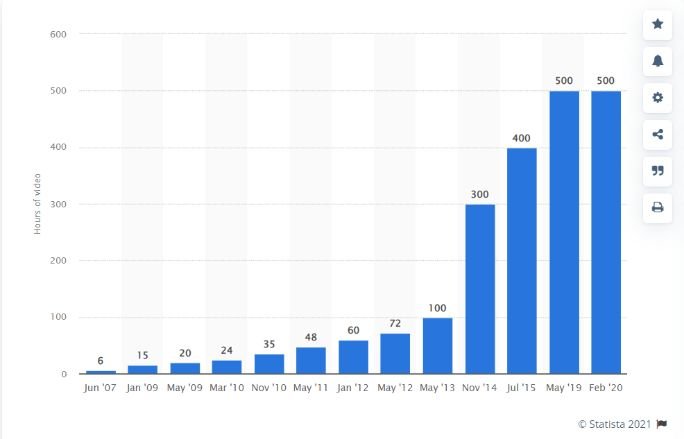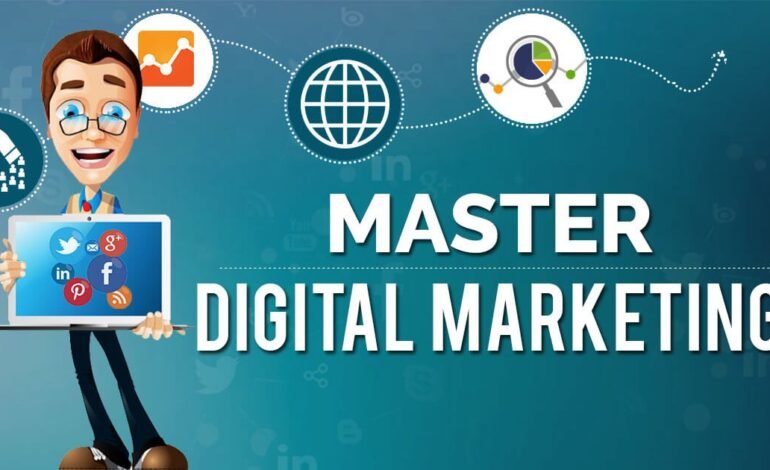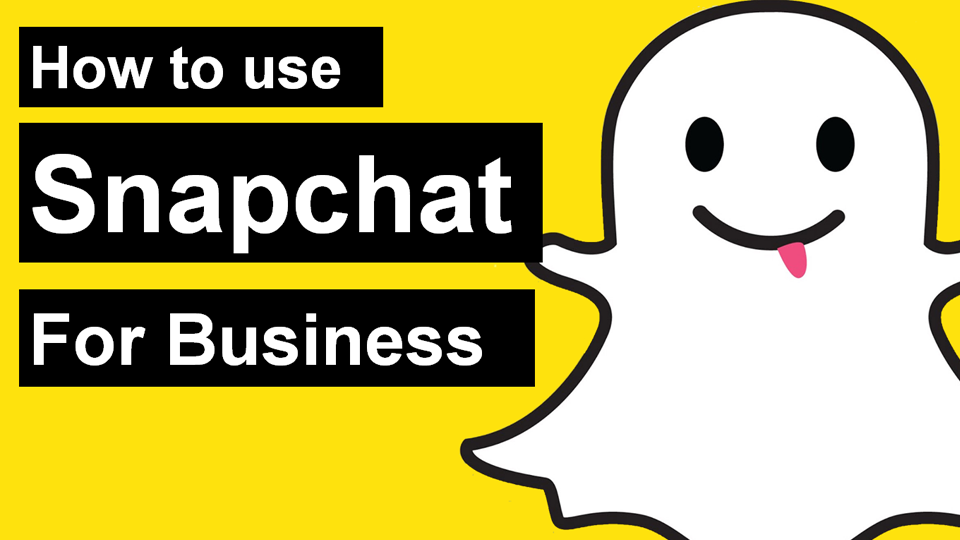The 10 Statistics and Trends of Video Marketing

It is quite normal that the importance of Video Marketing in our sector, since the rise of video in recent years has been simply dizzying. To get an idea, let’s try a little visualization exercise: close your eyes and imagine the number of videos that circulate on the internet in a single second. Ready? Now try to guess how long it would take you to watch those videos.
According to Cisco, by 2021, the answer to that question will be two full years. Impressive, right?
As marketers, we need to stay up to date with what’s coming and be able to justify our decisions with data. In this post, I want to help you achieve this by telling you 10 video marketing statistics and trends and what they mean for you and your brand.
10 Video Marketing Trends and Statistics (and What They Entail)
1) Video First
“Video First” is a term coined by Facebook to refer to a growing phenomenon: consumers no longer just want to consume video, but also to produce it. That is, the preferred way of receiving information and expressing ourselves is moving from text to video.
In response, social networks and other media make it easier and easier for us to consume and broadcast video. In the case of Facebook, this concept has crystallized through its live video platform, Facebook Live. It’s a new way of communicating that businesses can leverage to be closer to their audience than ever before.
2) Live video (or live streaming)
Of the impressive amount of web traffic to video mentioned above, a whopping 13% will be from live video. This new trend has gained strength in recent years and is here to stay.
For brands, this video marketing trend has clear advantages:
- Live videos are cheaper, as there is no need to invest in the production and editing phases. In addition, once the broadcast is over, the video remains on the platform so that you can continue sharing it.
- The Live Streaming is attractive to users as it conveys spontaneity and authenticity.
- Live video increases the quality of views. Users spend three times as much time watching live videos (compared to pre-recorded videos).
3) Videos in square format
The format of videos is also changing, and this affects all aspects of production and creativity.
Where we had always done video marketing thinking about horizontal screens, now that the rules are mobiles and tablets, whose screens are vertical. For this reason, more and more brands are daring to turn the tables and create Vertical Videos directly for this format.
On the other hand, the intermediate solution is videos in square format, which are becoming more and more successful. Compared to horizontal videos, square videos take up 78% more space in Facebook’s News Feed and get a higher engagement rate.
4) Video as part of the conversion funnel
As you already know, content marketing can help you move users along the conversion funnel and eventually convert. But when it comes to thinking about content, we often ignore the video format. Error! Video marketing generates greater customer engagement, and it may be just the tool you need to achieve your goals.
5) Cost reduction
Shooting and producing video is cheaper than ever. We have a huge variety of high-quality tools at our fingertips, starting with the most obvious: our own mobile phones. Just with a smartphone, a microphone, an editing program, and a little talent, you can produce a lot of videos that are attractive to your brand. But if you want to go a step further and hire a professional, you also have many options at an affordable cost. The video market is more democratic than ever.
6) Video as a training tool
There’s no doubt that video is a powerful marketing tool, but its benefits don’t end there. Videos not only excite and move us to action, but they are also a great resource when we want to convey information in a clear and didactic way.
For this reason, another of the video marketing trends that I want to highlight is the use of video as a training tool, either internally in companies or by creating monetizable content. You can even integrate training and content marketing by offering a video course as a reward for users who leave you their data.
7) Paid and sponsored videos
The video field offers many opportunities to launch paid advertising campaigns. Video ads through platforms such as Facebook Ads are a great opportunity to multiply conversions, but you can also partner with YouTubers and other influencers to give your content marketing a boost. Remember that if you want to optimize your investment, you will have to carefully measure the results and correct the course whenever necessary.
8) Mobile, social, and 360-degree video
One of the reasons why video is more successful than ever is its integration with mobile and social networks. Basically, we all carry a video camera with us at all times, and we can use this format to tell our lives at the touch of a couple of buttons. In addition, better and better tools are emerging to transport us virtually to the other side of the world, such as 360-degree videos.
9) Video Content Increases Trust
As we saw in point 2, videos (and especially live videos) can increase users’ trust in a brand, as they make it easier to show the people behind it. That’s why videos can help you make users trust you.
But video alone is not a magic solution: you need to be able to create content that transmits and resonates with your audience, and for that, the first thing is to make an effort to know your target.
10) Video is everywhere
Finally, video marketing statistics reveal that it’s worth thinking a little beyond the usual when it comes to places to share your video. We already know that YouTube is the video social network par excellence, and that is becoming more and more important on Facebook. But would you be able to quickly identify which are the 7 most popular platforms to post your videos on the internet? Here’s the answer, according to Tubular:
- YouTube
- Musical.ly
- Verizon
- Twitch
Bonus:
To end this post, I would like to share four brief facts that have made me think, and that could also help you to give your Video Marketing Strategy:
- 85% of videos play without sound on Facebook. Therefore, you have to create videos in which audio is an extra and not an essential part. Don’t be afraid to resort to subtitles and overlays.
- Using the word “video” in the subject line of an email increases open rates by 19% (source: Syndacast).
- Almost 50% of internet users search for videos related to a product or service before going to the store (source: ThinkWithGoogle).
- 48% of marketers plan to add YouTube to their content strategy in the next year (source: Hubspot).










